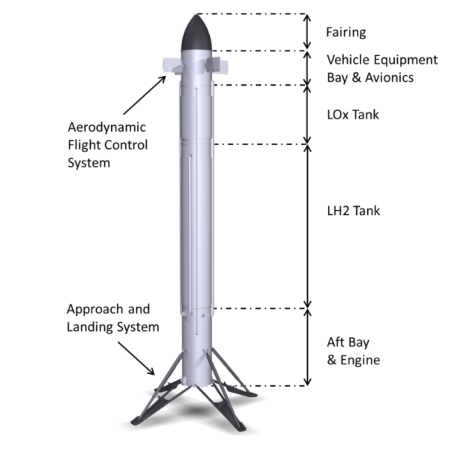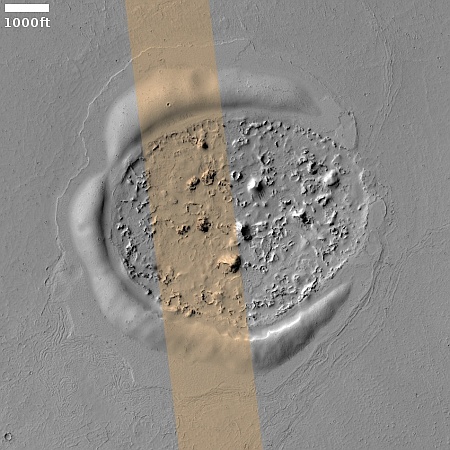Premature engine cutoff forces postponement of Cygnus berthing to ISS
During the second of two engine burns today, designed to raise the orbit of Northrop Grumman’s Cygnus freighter to match ISS’s, the burn ended prematurely, placing the capsule in the wrong orbit.
Early Tuesday morning, Cygnus XL’s main engine stopped earlier than planned during two burns designed to raise the orbit of the spacecraft for rendezvous with the space station, where it will deliver 11,000 pounds of scientific investigations and cargo to the orbiting laboratory for NASA. All other Cygnus XL systems are performing normally.
The berthing, using one of the robot arms on ISS, had been planned for early tomorrow, Wednesday, but will not occur until both NASA and Northrop Grumman engineers have analyzed the issues and come up with “an alternate burn plan”.
During the second of two engine burns today, designed to raise the orbit of Northrop Grumman’s Cygnus freighter to match ISS’s, the burn ended prematurely, placing the capsule in the wrong orbit.
Early Tuesday morning, Cygnus XL’s main engine stopped earlier than planned during two burns designed to raise the orbit of the spacecraft for rendezvous with the space station, where it will deliver 11,000 pounds of scientific investigations and cargo to the orbiting laboratory for NASA. All other Cygnus XL systems are performing normally.
The berthing, using one of the robot arms on ISS, had been planned for early tomorrow, Wednesday, but will not occur until both NASA and Northrop Grumman engineers have analyzed the issues and come up with “an alternate burn plan”.













